Roads have existed long before the first wheel was invented. Back in the day, there were not many types of roads – only dirt paved roads could be found. Fast forward to the 21st century and the basic infrastructure of a city revolves around road networks. Amazing, isn’t it? Roads are built with the purpose of transportation from one end to another. It is a means of accessibility even to the remotest of the areas.
Therefore it suffice to say that different types of roads serve varying purposes. To make it simple we have discussed the types of roads found around the world and their classifications.
Table of Contents
What are the Different Types of Roads
Roads are classified into different categories. To the normal eye, one cannot distinguish roads unless one understands the function and purpose of the road. Classification of types of roads allows you to understand how the road systems actually work and the reasons why certain roads are constructed over the years.
Roads are classified into the following categories:
- Materials
- Location and function
- Traffic volume
- Rigidity
- Topography
We have discussed these classifications in detail as each type of road has its specific characteristics.
Common Classification of Roads Based on Materials
1. Earthen Roads
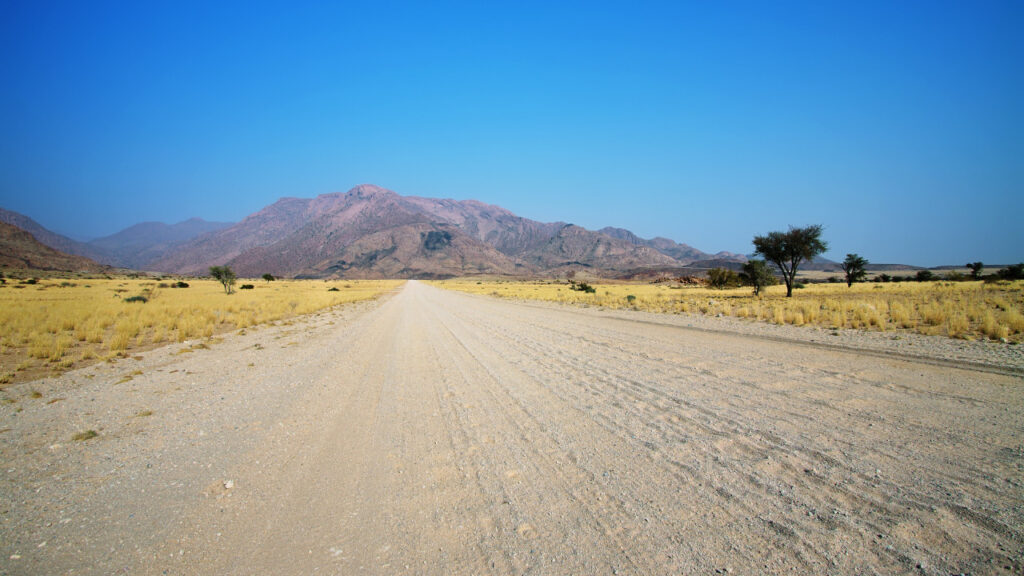
These are the roads made of earth, laid with soil. Compared to all other forms of roads, their cost is lower which makes them highly cost-effective. This kind of route is intended for rural or low-traffic locations. It is necessary to have a good drainage system that operates well for an extended length of time. Before roads are constructed properly a pathway is laid out, like a rough but clear path. However, in smaller areas such roads can be easily seen where the rainfall ratio is rather low.
2. Gravel Roads
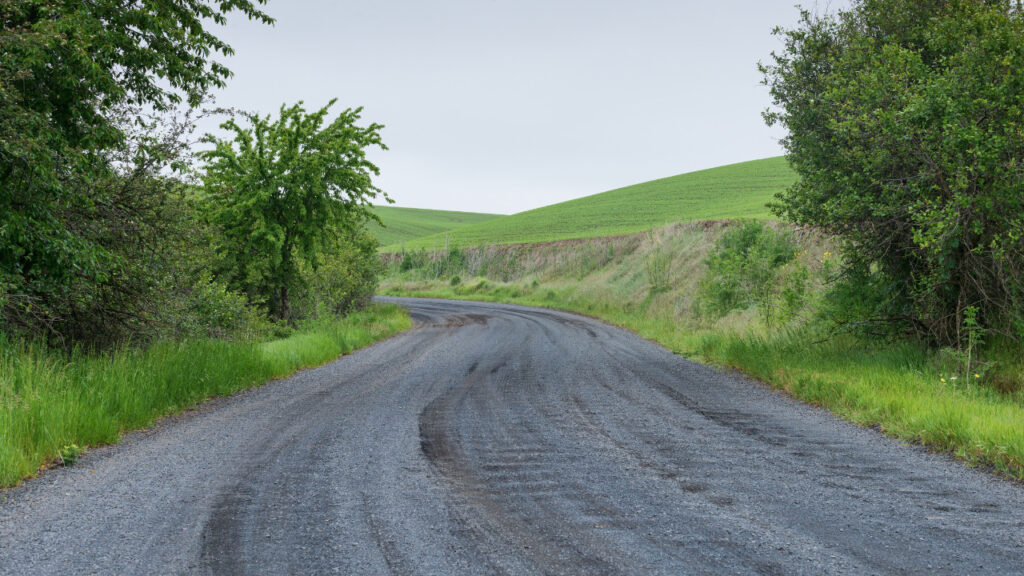
Despite their inferior condition, gravel roads are still better than earthen ones. This type of pavement is a compact mixture of soil and gravel. So think of it this way – when you drive a car on a gravel road, you may hear the “crunchy noise” underneath the tires. That sound occurs due to the gravel on the road. These are unpaved roads but usually always surfaced with gravel. They are easily found in rural areas. Sometimes residents put gravel on their driveway as well
3. Murrum Roads
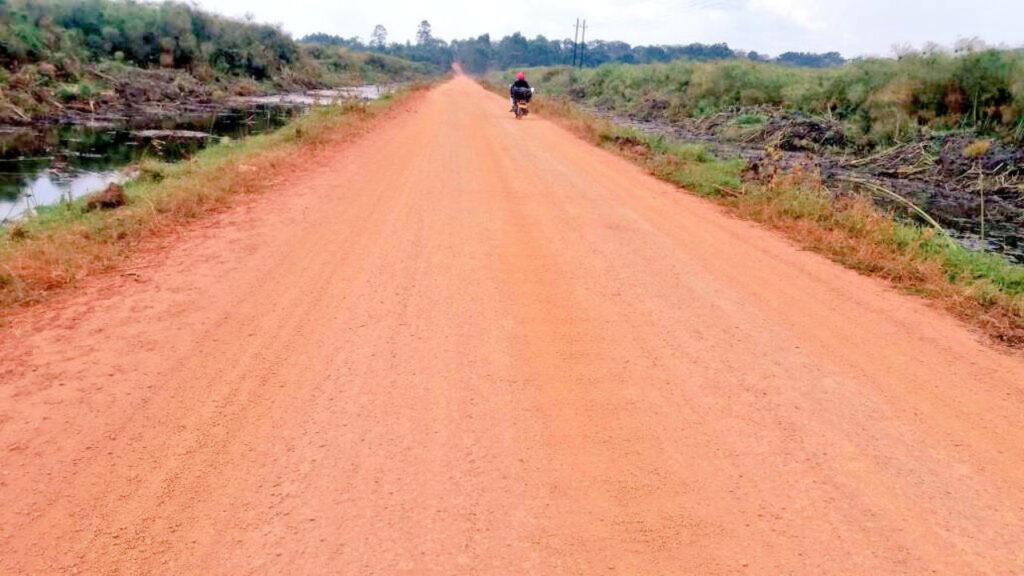
This type of road is not easily heard of. Murram or Laterite is a red soil rich in iron oxide that is used on the roads. Materials known as murrams are created when igneous rocks break down due to various weathering processes. So natural formation is useful in civil engineering for certain reasons. These types of roads can be easily seen in Ethiopia. However, they may look a lot similar to earthen or gravel roads. The major difference is the color, red, of the road.
4. WBM Roads
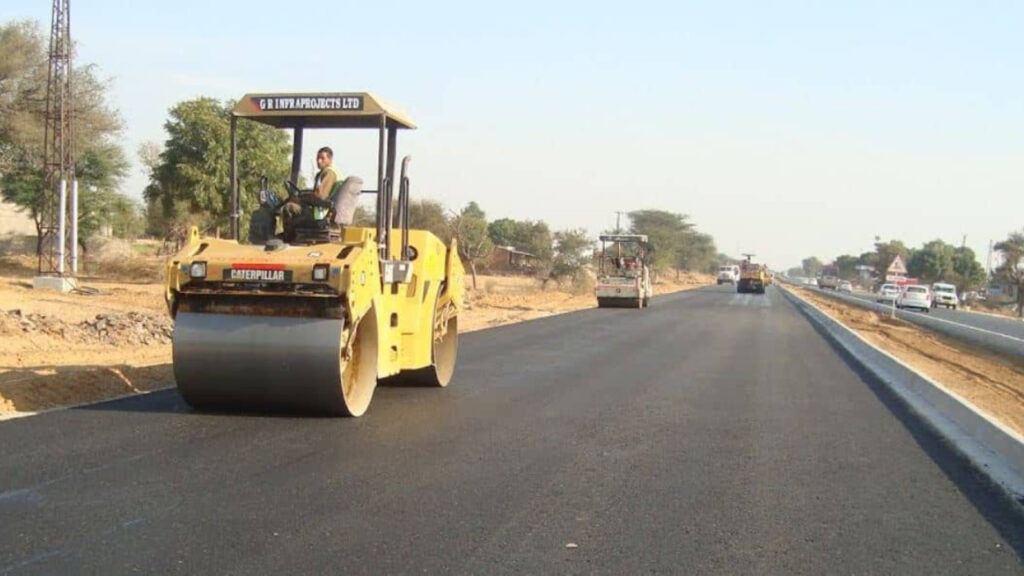
WBM stands for Water Bound Macadam. WBM roads have a base of a crushed or broken stone aggregate for their foundation course. However, murram or sand is also used as filler along with water to retain moisture and for binding purposes, hence the name itself.
The aggregates are spread out and rolled after being sprayed with water. In terms of performance and durability, WBM roads are superior to gravel and earthen roads. They have a thickness of 75 mm for grading 2 and grading 3. This is also one of the most popular classifications of road types found in various countries.
5. WMM Roads
WMM is known as Wet Mix Macadam. In this construction method, clean, crushed, graded aggregate and granular material are laid and compacted to produce a dense mass on a prepared GSB layer or an existing pavement, depending on the needs of the project. Therefore in comparison, it is more durable as compared to a WBM road as it dries out faster and can be opened for traffic quickly too. Their measurements are in square meters while the WBM roads are measured in cubic meters.
6. Bituminous Roads

As the name suggests, the Bituminous roads are made from bitumen. It is a highly viscous, black, and stick-dense form of petroleum. It is mixed with gravel and crushed rock and then laid down to prepare the surface of a road.
These are the busiest highways in the world. These kinds of roads are affordable and suitable for the driving environment. The qualities of the subgrade soil dictate the bituminous road thickness.
7. Concrete Roads

Cement concrete is used in the creation of pavement on concrete roads. These are the most prevalent and costly kinds of roadways. They require minimal maintenance because they are not flexible. However, they are not easily damaged either which means fewer cracks and potholes. Hence the reason these roads are durable and last longer than average roads. High-traffic locations are suitable for concrete roadways.
If planned right, they can be used as low-maintenance options for often crowded highways.
Roads Classified Based on Location and Function
These broad roadways are essential for tourism and socioeconomics, frequently linking states, municipalities, and even entire countries. They facilitate the simple flow of people and products.
1. The National Highway

These are the principal roads that crisscross the entire nation, linking important ports, international routes, state and federal territory capitals, as well as large industrial and tourism hubs.
2. State Routes
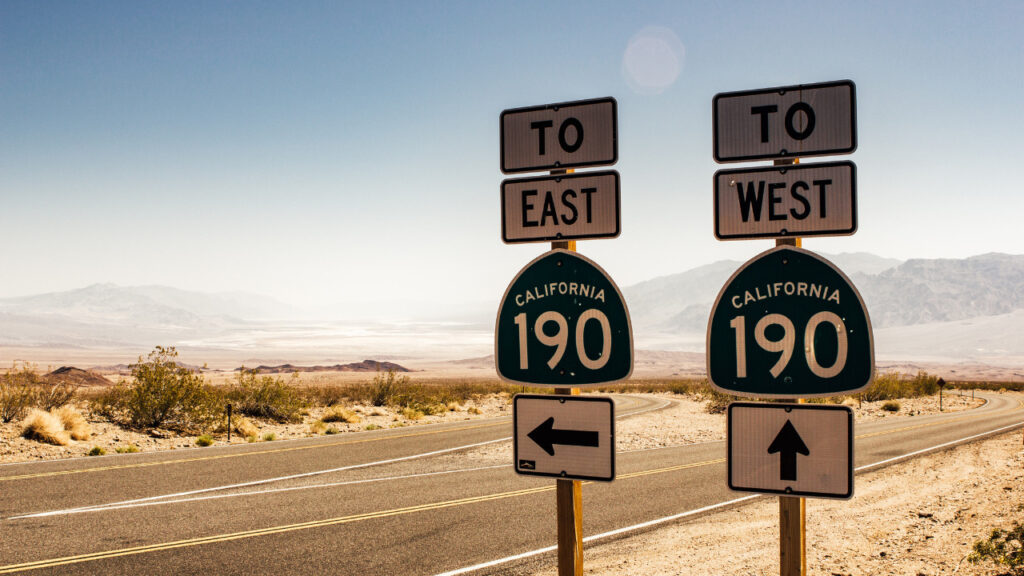
State highways serve as the routes that link a state’s major cities, district offices, and neighboring states’ national highways.
The geometric design specifications and design speed are the same for NH and SH. As arterial routes, these roads transport traffic from district roads inside the state.
These highways must be constructed and maintained by the state government. Grants for development, however, come from the federal government.
3. Major District Roads
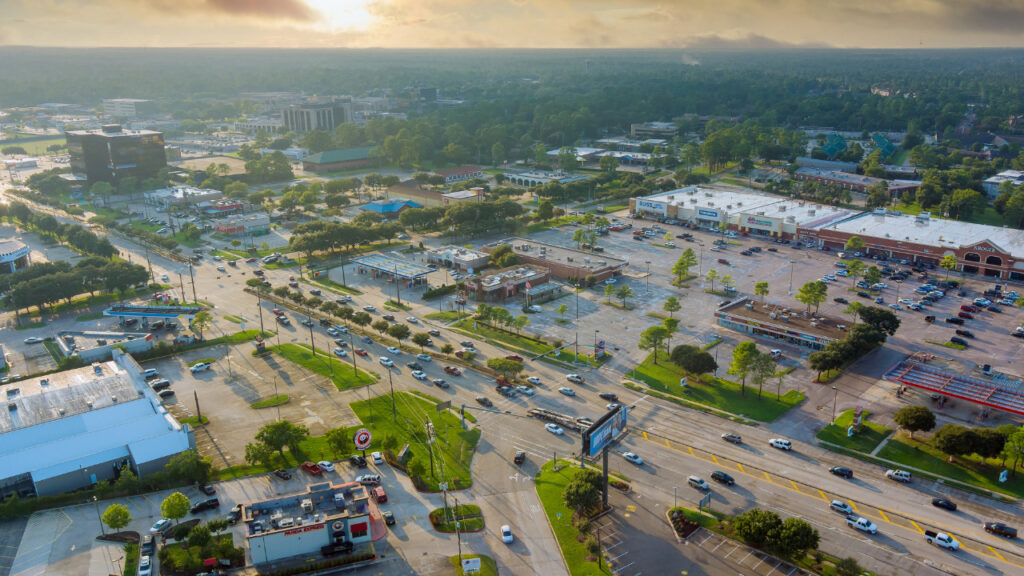
The important roads that link the main regions, or the areas of production and marketplaces, within a district, are known as major district types of roads.
These roads are constructed and maintained under the District Authorities’ supervision. Nonetheless, the building of these routes is financially supported by the state government.
4. Village Roads
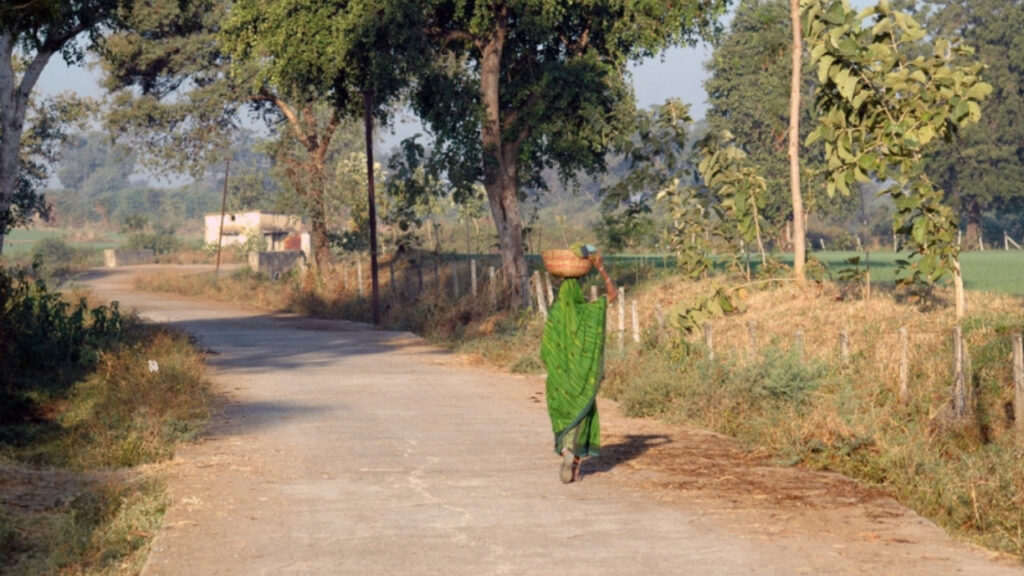
Village roads are those that connect towns, a collection of villages, to other villages or to the nearest higher-grade road. These are the main roads leading up to the earthen roads the deeper you travel into the village.
These pathways are essential in terms of rural area development. They are usually unmetalled and feature one lane width of stabilized dirt or gravel. These highways are constructed and maintained under the direction of the regional district governments.
5. Roads in Other Districts

These are the roadways that supply rural producing areas with access to market centers, development headquarters, and other major roads.
Based on Traffic Volume
These types of roads are strictly built to control the flow of traffic or where the need of transportation is heavily required.
1. Toll Roads

Toll roads, sometimes called turnpikes, are a class of road that demands payment (a toll) to travel.
Additionally, they are typically controlled-access roadways. The purpose of the fee is to cover the construction and maintenance costs of this significant route. Another instance of this system is that of toll bridges and tunnels. They are highly prevalent in the UK.
2. Controlled-Access Highway
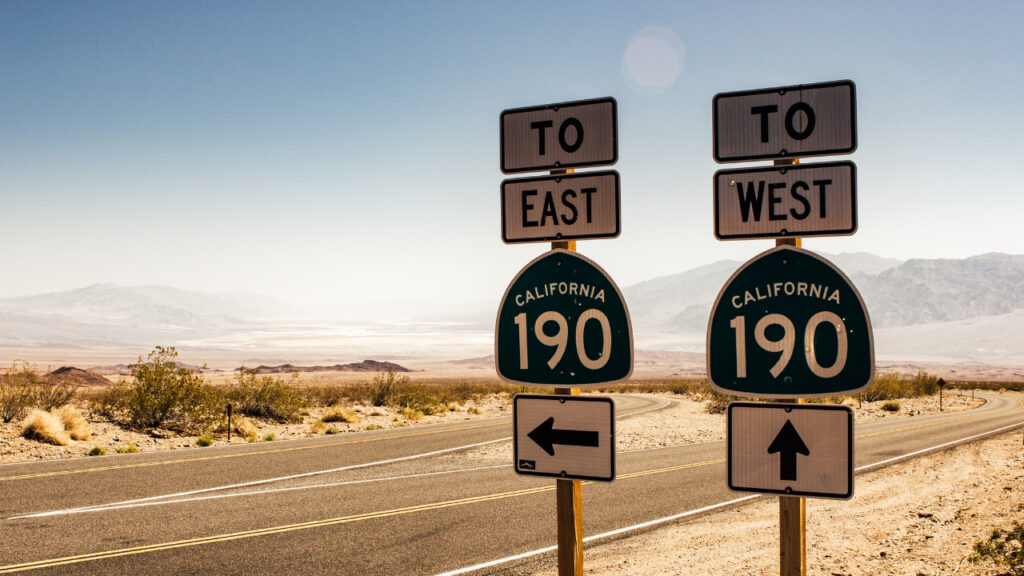
A controlled-access roadway, sometimes called a motorway or freeway, is intended for high-speed automobile traffic. Every traffic flow is controlled.
Except for delays brought up by RTAs, traffic moves continuously on controlled-access highways because you are typically not allowed to walk or park there.
Early in the 20th century, these roads developed to link important European cities. They are ubiquitous in modern nations and indispensable to the flow of people and goods.
3. Arterials
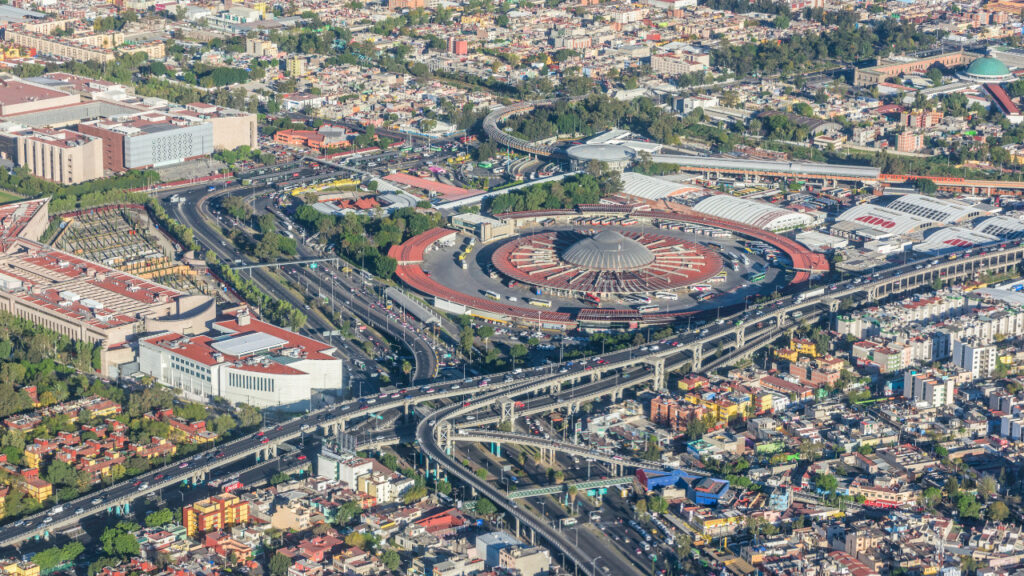
The roadways built inside cities or towns specifically designed to handle heavy traffic are known as arterials. The main commercial district and the surrounding residential neighborhoods are connected by an arterial route. Highways are accessible via arterials.
Only at specified pedestrian crossings or junctions are pedestrians permitted to cross the roads. At intersections, a signaling system regulates traffic flow.
It is forbidden to park on arterial roadways.
Roads Classified Based on Rigidity
There are commonly two types of roads that fall under this category.
1. Flexible Pavement
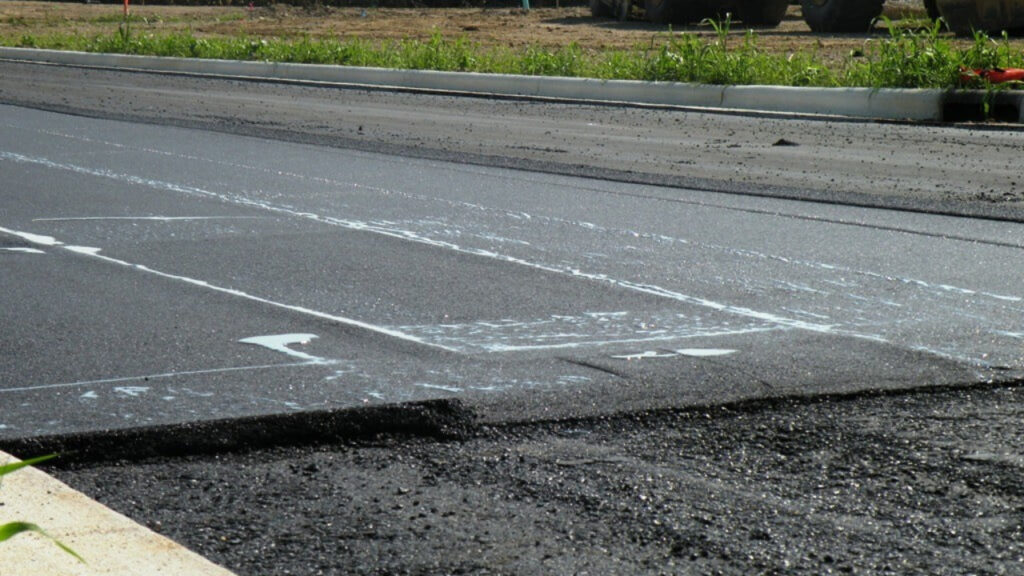
The pavement surface of flexible roads is made of a flexible layer that needs to be properly maintained to prevent it from quickly disintegrating under high traffic. This category includes all forms of roads, with the exception of concrete roads.
The function of flexible pavement is to offer a leveled surface that is safe for traffic to use. Large vehicles can travel onto a wider area. The subgrade beneath the first layer makes it easy to repair the road and installation is cheaper too.
2. Rigid Pavement
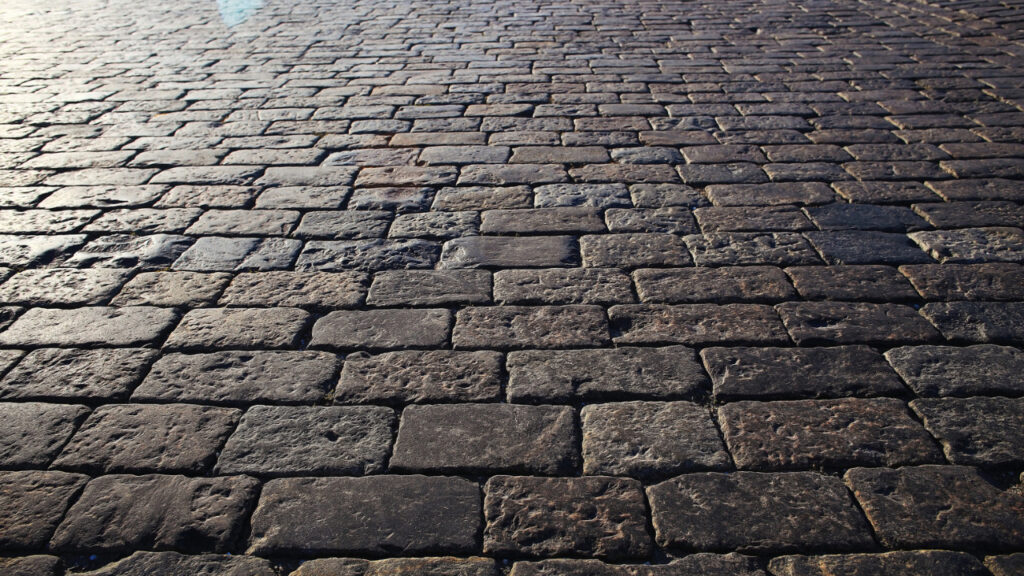
Cement concrete roads are considered rigid pavements as they are not flexible. Most commonly used for high-traffic roads, airports, and industrial areas, rigid roads can withstand heavy loads. These roads are constructed with concrete slabs and have a base layer.
Rigid roads offer smoother rides for heavy loaders and are considered a cost-effective choice in the long run. However proper maintenance and planning are required.
Roads Classified Based on Topography
According to the type of geological outlook of a location, roads vary in two types.
1. Plain Area Roads

Plain region roads are ones that are built on flat terrain. These roads usually have fewer bends and ups and downs.
2. Roads in Hilly Areas

Hill area roads, often known as ghat roads, are roads built in mountainous areas. These are often arranged in a spiral pattern around the hill. Hilly area roads can be steep, bend up and down and roads are not wide.
3. Corniche

A corniche is a road that runs along the edge of a mountain or cliff where the land drops off on one side and climbs on the other. It’s another uncommon kind of road.
The phrase “road on a ledge,” or “route à corniche” in French, is where the name originates. Some of the popular examples include Muttrah in Muscat, Corniche El-Giza in Egypt, and Amalfi Drive in the south of Naples.
Roads Classified Based on Economy
1. Low-Cost Roads

Low-cost roads are those that can be built with materials that can be found locally or with less money needed to construct them. These are the roadways of choice in areas with minimal foot traffic.
2. Medium Cost Roads
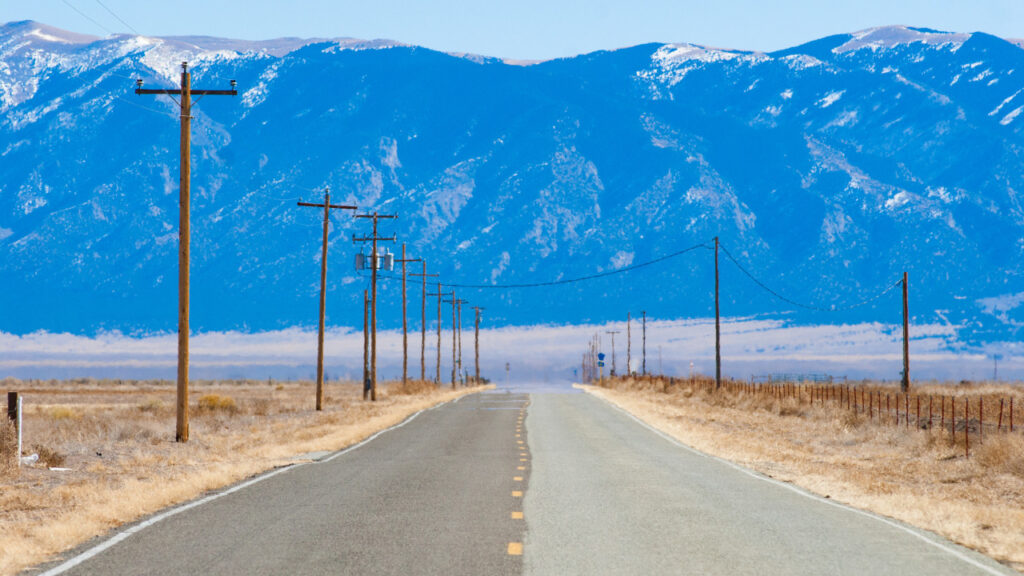
Compared to low-cost roads, medium-cost road construction requires more funding. One type of medium-cost route is one that connects a community to the closest town. When there is sporadic heavy traffic, these highways are taken into consideration. Most of these roads are constructed using bitumen.
3. High-Cost Roads
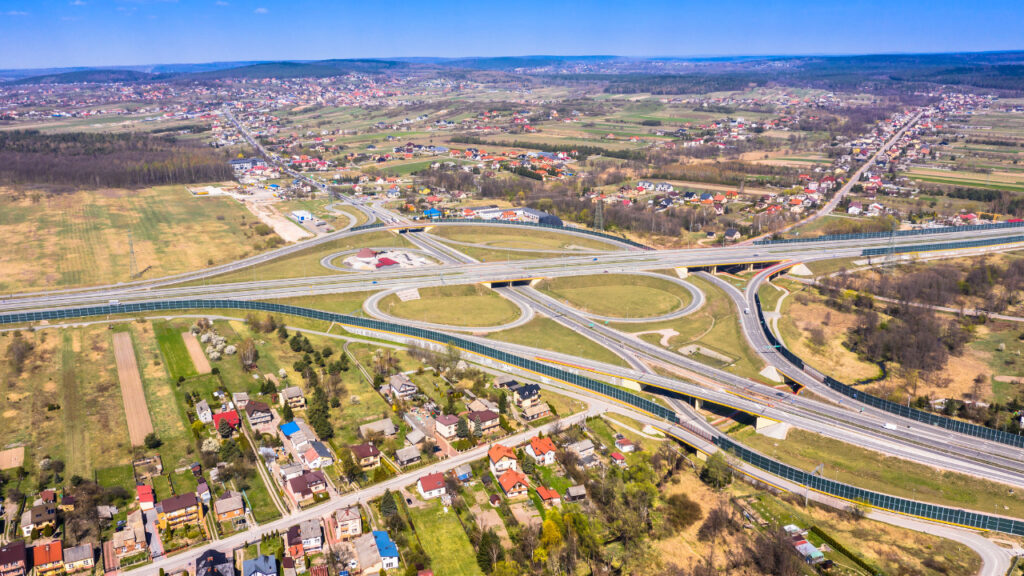
Building these roads will cost a great deal of money. The best examples of expensive roads are State and National highways. High-priced highways are constructed using bitumen or cement concrete.
Know Your Roads!
Now you know that there are different types of roads falling into various categories. Each road serves a different purpose and use. Roads can serve as tracks, and paved pathways and most importantly help the flow of transportation in different types of topography.





